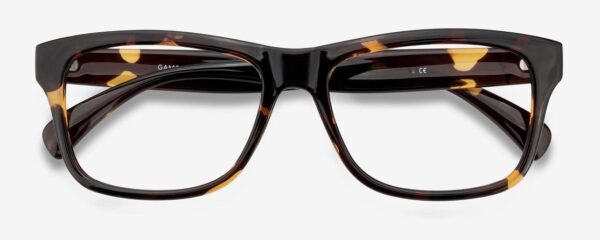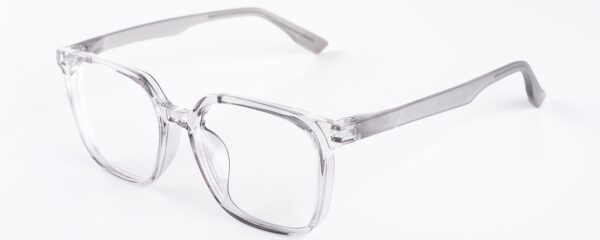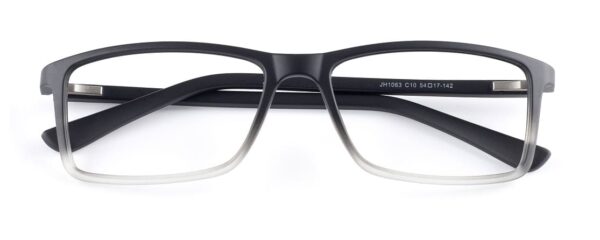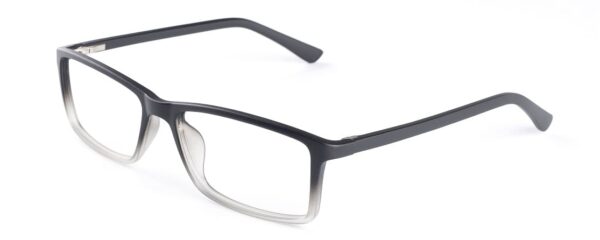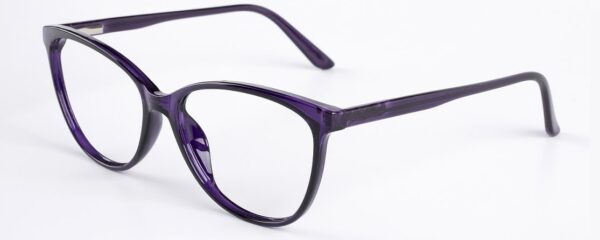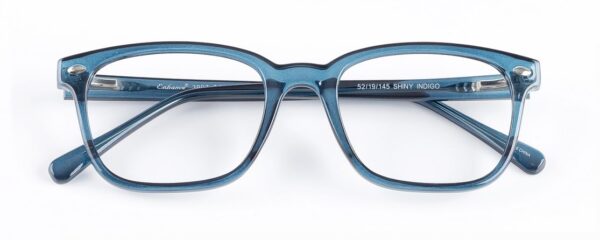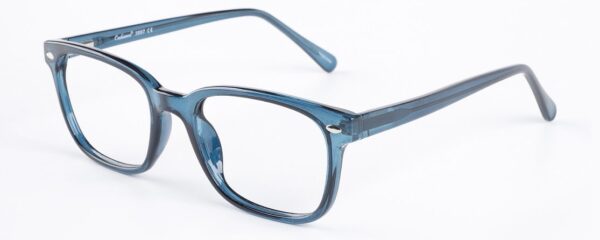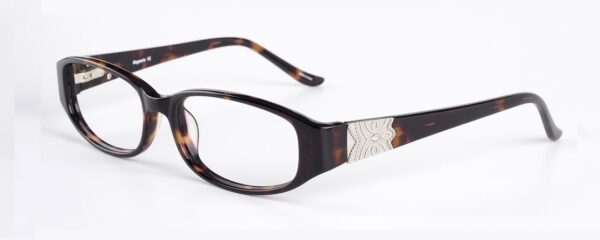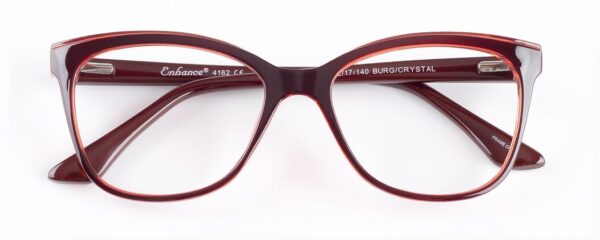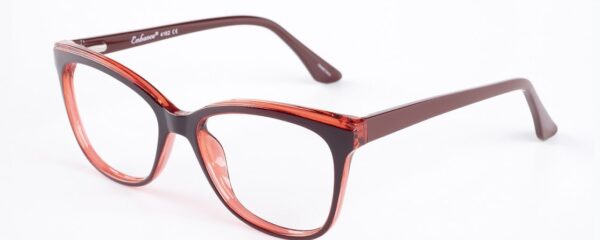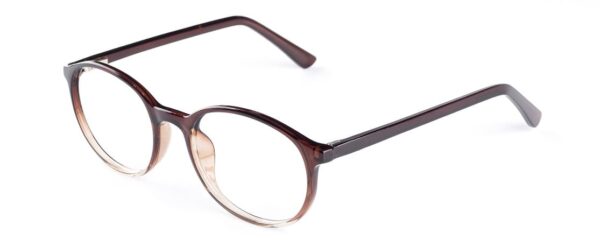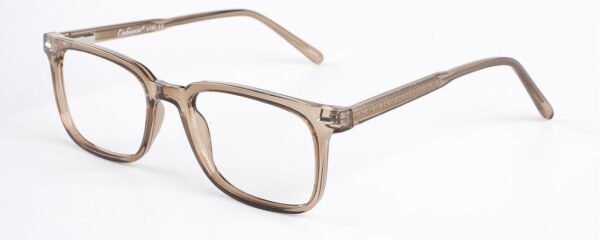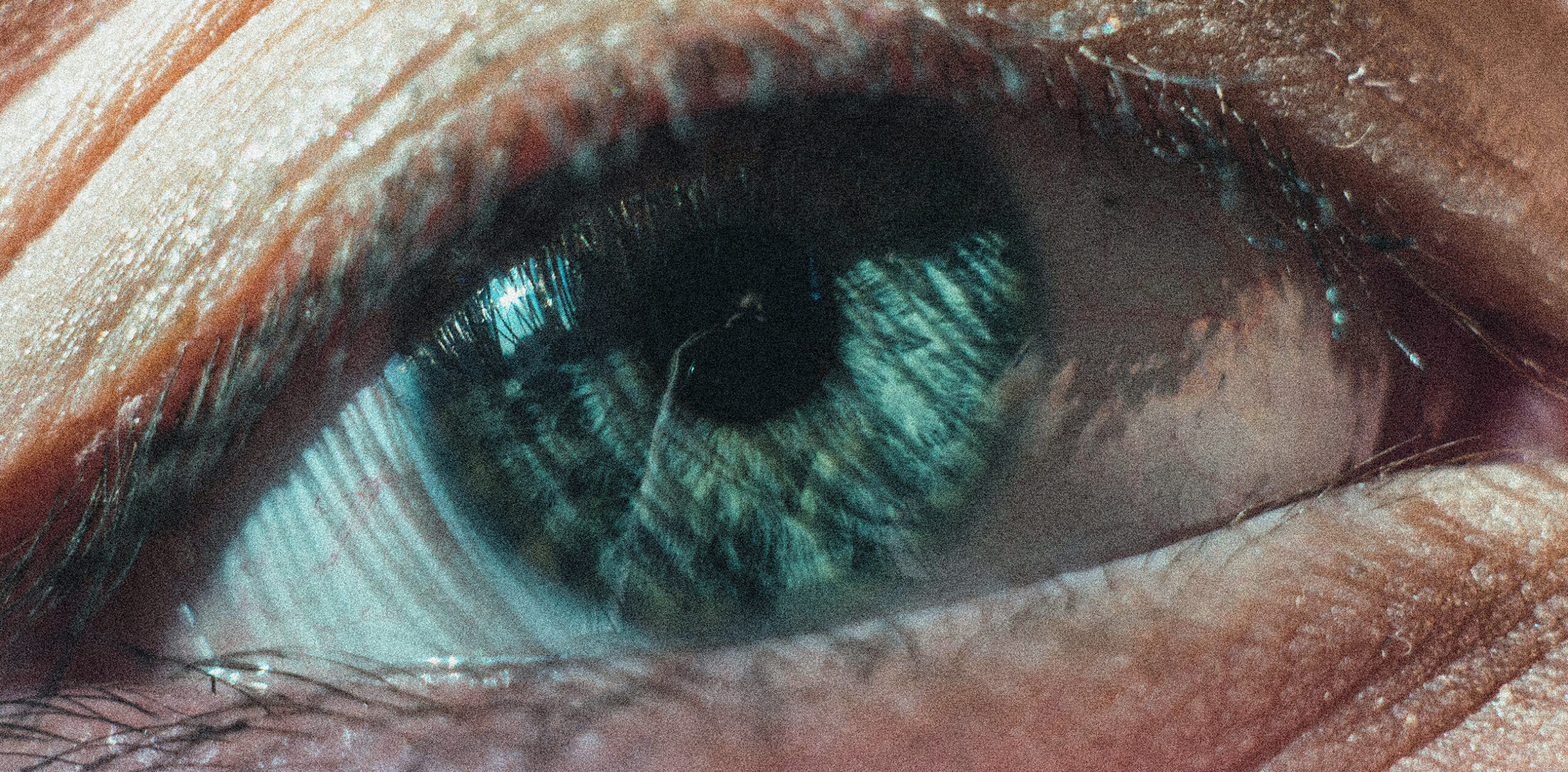
Are there any baby blues in your collection? The beauty of blue eyes has long made them a coveted color. In spite of its reputation as being angelic and trustworthy, blue is actually the second most common eye color worldwide. Discover the origins of this captivating hue as we delve deeper into it.
What causes blue eyes to be blue?
In order to determine the color of your eyes, you must determine how much melanin is produced in the front part of your eye. In addition to determining the color of your skin and hair, melanin is a brown pigment.
There are two layers to your iris. The back layer of the eye contains a significant amount of brown pigment. Between those two layers is the stroma, a transparent tissue that is composed of several proteins including collagen. There is no pigment in the front layer of blue eyes, which results in the collagen fibres in the eyes scattering and absorbing longer wavelengths of light. It is due to the reflection of blue light that the eyes appear blue in color. Blue skies are created by the Rayleigh scattering phenomenon, which works in the same way. Despite what many people believe, blue eyes are actually colorless.
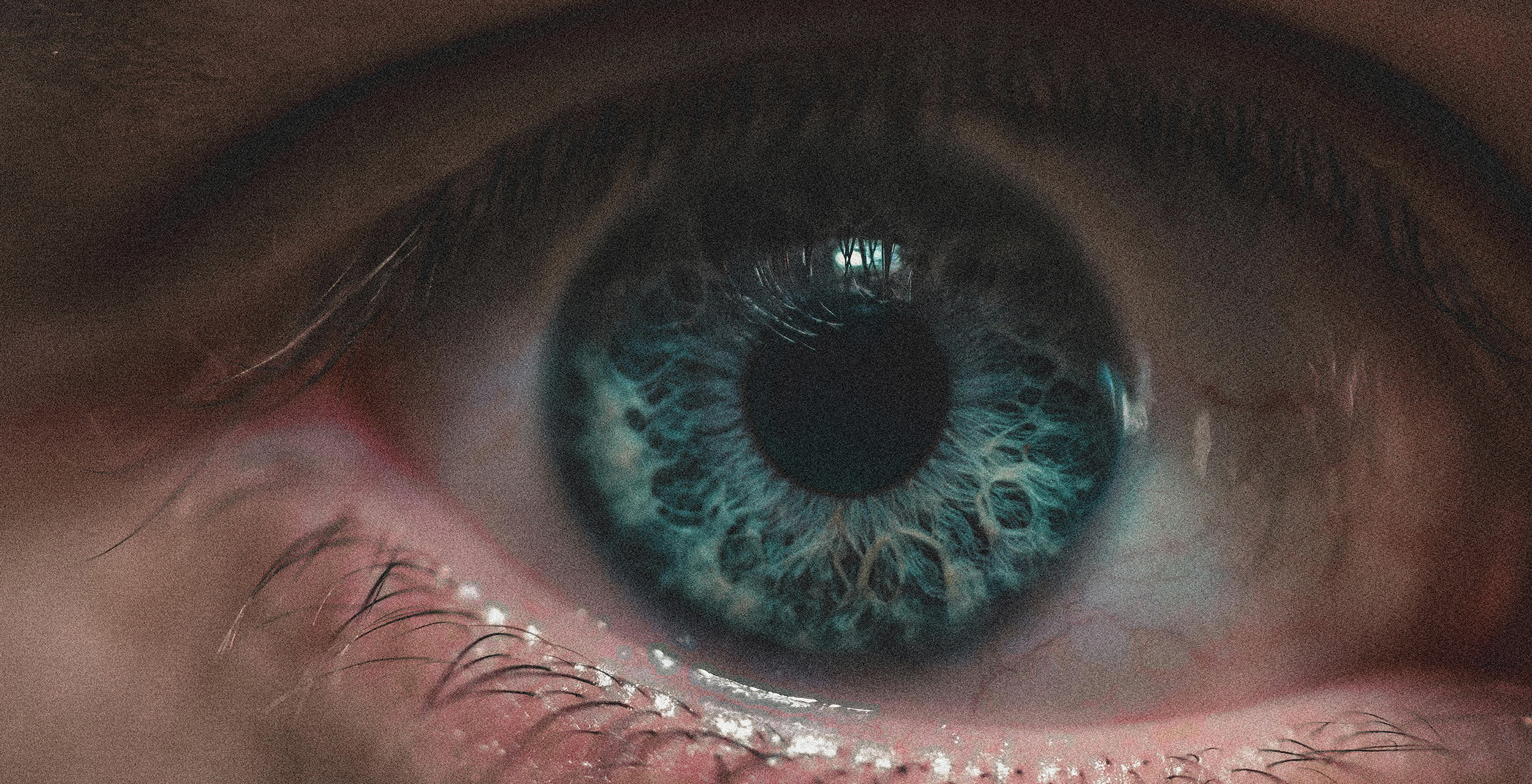
How do blue eyes differ from one another?
It is no different from any other color that the color of your eyes can range from light blue to dark blue. There are a number of people who have violet eyes, pale blue or blue-green eyes, while others appear to have bright blue eyes. It is possible to have hazel-blue eyes in some cases. In hazel eyes, the amount of melanin varies from one area to another. The result is that some parts of hazel eyes may appear brown, amber, green, or blue depending on their color.
As much as Rayleigh scattering contributes to color variations, the amount of melanin present in the iris is also of importance.
The difference between blue and grey eyes
There is a difference between blue and grey eyes. There are several types of grey eyes, and each is unique in appearance. The iris of your eye consists of two layers, a front layer and a back layer. Located in the middle of the cell is the stroma, which consists of a clear tissue containing proteins, such as collagen. It is natural for grey eyes to have more collagen, which reflects light and causes them to appear grey.
What causes blue eyes to be inherited?
Previous research had suggested that eye color was a very basic genetic trait that was passed down from one’s parents directly. We now understand that several genes are responsible for this phenomenon.
Blue eyes can only be inherited from both parents. If the gene is recessive, they would not necessarily need to possess the eye color themselves. While this may be the case, a baby born to two blue-eyed parents is still very likely to have this eye color.
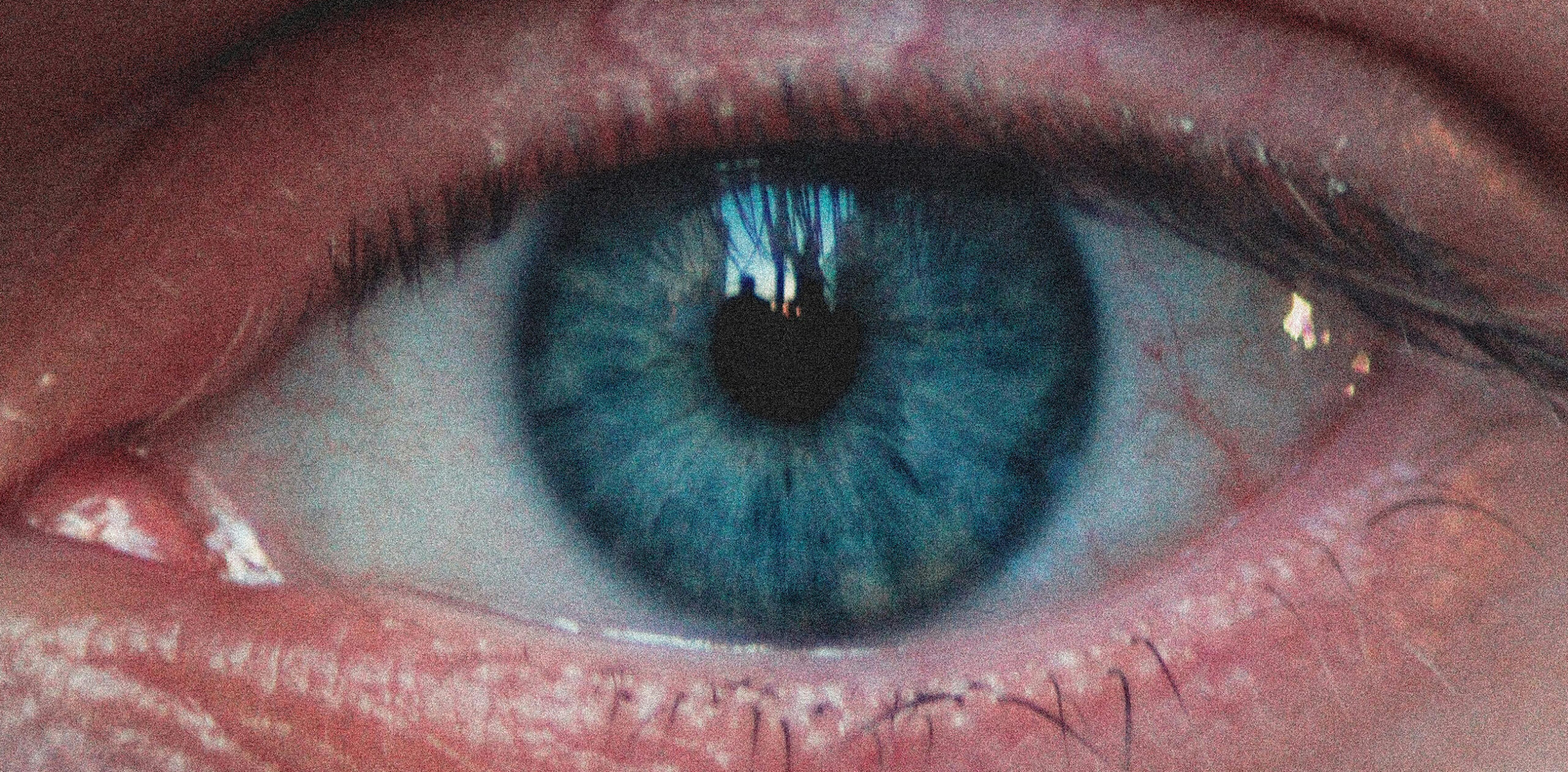
Is there a connection between all blue-eyed individuals?
It is possible that all individuals with blue eyes have a common ancestor. Isn’t that hard to believe? Apparently, the color did not even exist as an eye color 10,000 years ago, according to researchers at the University of Copenhagen. This eye color is believed to have been developed by a mutation in one individual from south-eastern Europe. There is no doubt that the color was unique and likely considered attractive. As a result of this mutation passing from parent to child, the trait would be passed on to subsequent generations. There is no doubt that these ancestors relocated, causing the mutation to spread around the globe.
Therefore, all individuals with blue eyes would be related if this theory is correct!
Does every baby have blue eyes at birth?
There is a common belief that all babies are born with light-colored eyes. There is no truth to this statement! There is a significant genetic component to eye color, and brown is actually a very common color in newborns. It is common for babies to have different eye colors, just as it is common for adults. Humans have not yet fully developed their pigmentation at birth, and as a result, their eyes change color during the early stages of childhood when more melanin is produced in the iris.
Do blue-eyed individuals have a higher risk of health problems?
Although it is difficult to predict health outcomes or vision quality, research suggests eye color may play a role in health risks.
A pigment called melanin is believed to protect the retina from ultraviolet light and high-energy visible (HEV) blue light. It is well known that blue eyed individuals have less melanin pigment present in the front layer of their iris. In other words, these individuals are more prone to being sensitive to light as well as more susceptible to the effects of UV rays on their skin. You may become blind if you are overexposed to the sun, as age-related macular degeneration (AMD) is one of the most common eye diseases. Those with blue eyes are at a greater risk of developing AMD. Consequently, if you have this eye color, we suggest that you always wear the appropriate eyewear and be extra careful. Sunglasses that protect you from UVA and UVB rays are especially important.
With Glasses Direct, you can choose from a wide variety of sunglasses tints that are built to meet a wide range of needs. Each of these products provides reliable protection against UVA and UVB rays. Depending on your preference, you may choose from dark tints, gradient tints, or polarized lenses. Also available are our light-intelligent lenses, which convert from clear glasses for indoor use to stylish sunglasses for outdoor wear.
Regardless of the colour of your eyes, it is still imperative to prioritize the health of your eyes. In addition, you should schedule regular eye exams. As a result, your prescription will not only be correct, but the early detection of eye or health conditions will also be possible.
Can you recommend a color of glasses that would suit my eyes?
Blue, grey, and silver are natural complements to blue eyes. You should choose glasses in these colors. You should consider wearing a sleek black or dark tortoiseshell frame to subtly highlight your eyes. If you are feeling confident, a pair of bright orange or red glasses will provide a striking contrast and highlight your eyes.
Check our bestsellers!



